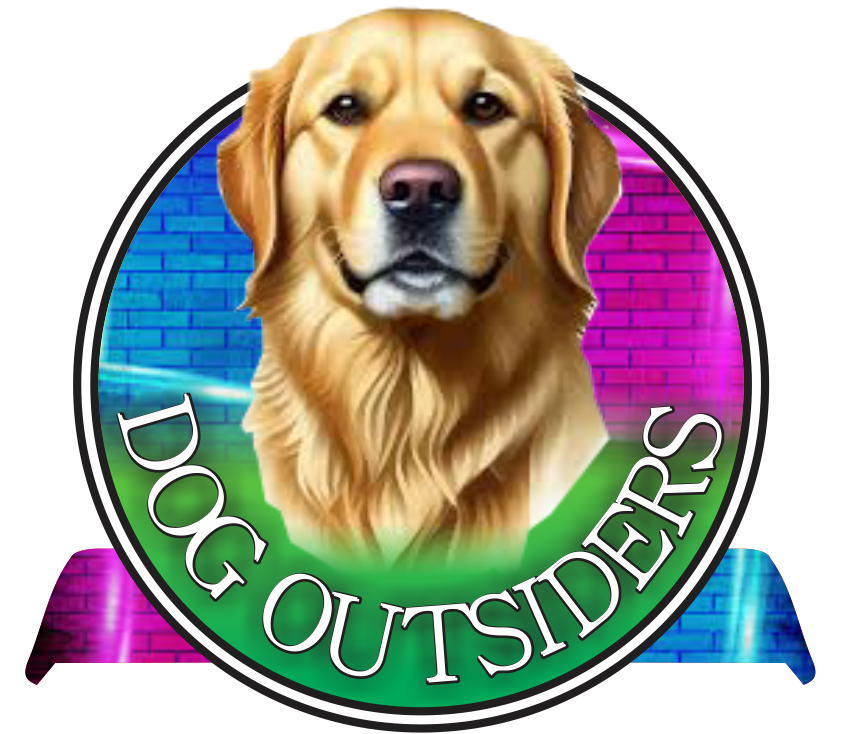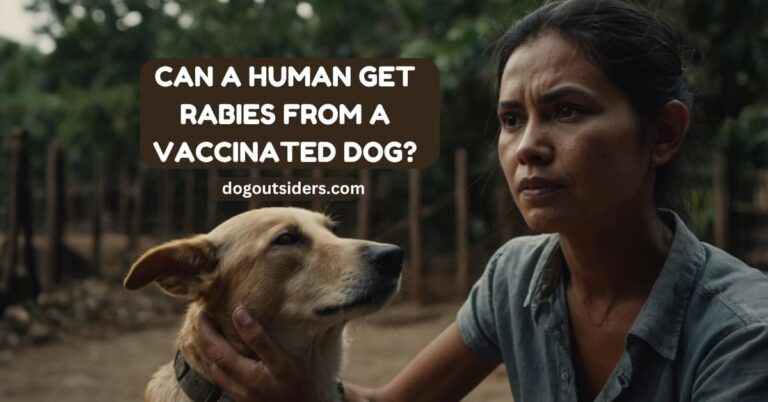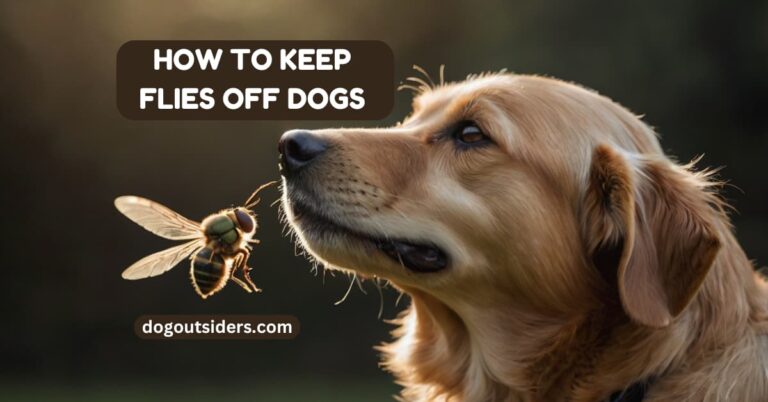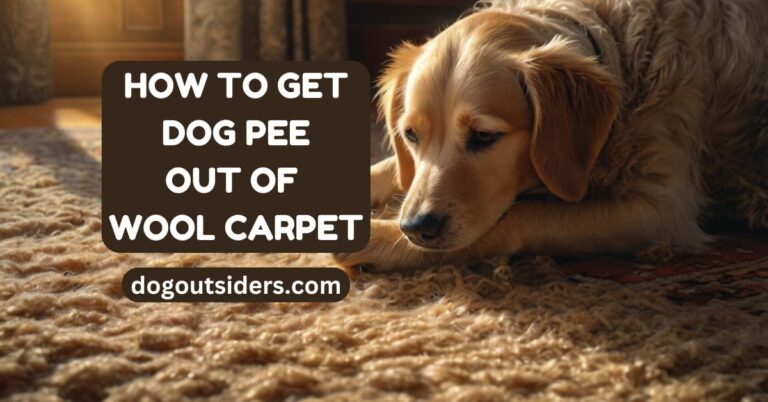Knowing exactly what dogs can and can’t eat is the first step towards keeping them happy and healthy. Pork bones are the worst for splintering. This can lead to severe lacerations or other internal issues for dogs. Cooked bones particularly pose a risk since they splinter easily. Choose chew toys or raw bones made for dogs to keep your pup safe and happy. Making pet safety a priority keeps dogs happy and healthy, while avoiding preventable health issues.
Key Takeaways
- Pork bones are dangerous for dogs due to the risks of splintering and choking hazards. While they can be safe, it is important to know the risks involved before giving them to your pup.
- There is a marked difference in safety between raw and cooked pork bones. Raw bones are safer, since cooked bones are more likely to splinter.
- To avoid a serious injury or choking hazard, never leave your dog alone while they are chewing any bone. You may notice signs of choking or distress, which require immediate veterinary attention.
- Each breed and size of dog will react differently to pork bones. Pick appropriate bones for your dog’s individual needs and traits.
- Learn about other types of chews including dental chews and toys! These alternatives protect your pooch’s pearly whites and spare your dog the dangers associated with pork bones.
- Selecting high-quality, pastured pig bones will increase both the safety and nutrition of your dog’s meals. The important thing is to get them from responsible, trusted sources.
Are Pork Bones Safe for Dogs?
When deciding whether or not to give dogs healthy pork bones, it is important to consider the potential dangers. Cooked bones, especially pork femur bones, can cause serious health problems like intestinal blockages. Understanding these risks helps pet parents make smart choices for their dog’s diet.
Risks of Giving Pork Bones
Pork bones, especially when cooked, can splinter, resulting in sharp pieces that can cause fatal internal damage. These splinters can puncture the stomach and intestines, leading to life-threatening conditions.
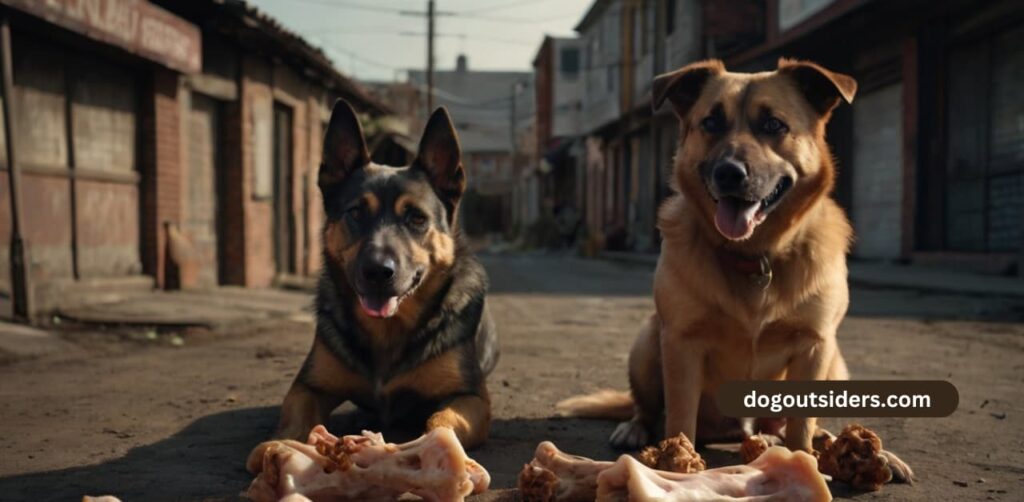
There’s the potential for choking, especially in breeds with smaller throats or those known for gulping rather than chewing. I would be very watchful for signs of distress like coughing, gagging, or strange body position.
These signs can be a tip-off that a bone is lodged where it doesn’t belong. Digestive troubles can occur as well if the bone is swallowed the wrong way leading to obstructive or painful issues.
Injuries to the mouth or throat from sharp splinters are a critical hazard. It’s very important to monitor your dog’s behavior for any changes or signs of distress after consuming pork bones.
Choking and Splintering Dangers
The risk of bone splintering should not be underestimated. It can cause serious internal damage that may require emergency veterinary treatment.
Certain breeds, based on their anatomical structure and natural food consumption, may be at a higher risk of choking. For instance, smaller breeds or those with a predisposition to voracious eating would be at increased risk.
If I notice any symptoms of choking — like inability to breathe or extreme drooling — I respond immediately. I need to rush my dog to the veterinarian for surgery.
To be safe, I always have a checklist of symptoms to watch for after giving my dog a bone. Signs like lethargy, vomiting, and a distended abdomen may all indicate serious issues.
Why Some Bones Are Unsafe
All cooked bones are dangerous for dogs. Cooking bones makes them much more brittle, increasing the likelihood that they will splinter when chewed.
Raw meaty bones are a great source of fat and protein. These macronutrients are key to maintaining canine health and vitality.
I’m extra careful with food safety. We recommend freezing items for at least 20 days at 5 degrees Fahrenheit, or at least 3 days at minus 4 degrees Fahrenheit, to kill any potentially harmful bacteria.
Store-bought pork is typically high in omega-6 to omega-3 ratio. Pastured pig meat is rich in omega-3, which is better for dogs.
I need to talk to my veterinarian when it comes to pork bones. Their expert guidance is key, as the safety of these bones may not be cut-and-dry for every dog.
Types of Pork Bones for Dogs
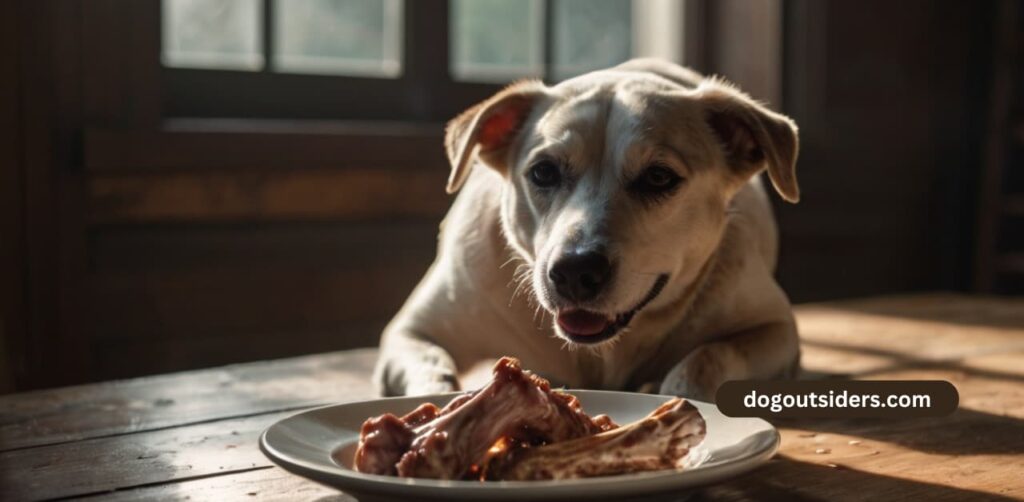
1. Safe Pork Bones for Dogs
When it comes to choosing pork bones for dogs, some bones are better than others. I categorize them into two main types: raw meaty bones and cooked bones. Raw bones – such as pork rib bones and large femur bones – are typically safe for dogs to chew on.
These bones offer up a hearty dose of fat and protein, two vital macronutrients that your pup needs to have their caloric intake. Arguably the best thing about these bones is that gnawing on them keeps your dog happily occupied for hours. This is such a great form of mental enrichment!
Raw pork bones are great for dental health as well, naturally cleaning teeth and gums. To ensure safety and full nutritional value, I highly encourage getting bones from trusted suppliers. Organic varieties are ideal, as they are packed with nutrients.
Freezing the bones for about 20 days at 5 degrees Fahrenheit or 3 days at minus 4 degrees Fahrenheit ensures they are free of parasites. When feeding, we recommend slowly introducing these bones into your dog’s diet to prevent digestive distress.
2. Unsafe Pork Bones to Avoid
Cooked pork bones are extremely dangerous. They can splinter easily and when they do they can cause serious injury by perforating the stomach and intestines. Leftover bones from meals, particularly cooked bones, are not safe for dogs for these reasons.
Small or splintered bones are especially treacherous, since they pose a greater risk of being a choking hazard. Here’s a quick list of pork bones to avoid:
- Cooked pork rib bones
- Pork chop bones
- Small, fragmented bones
These bones can cause life-threatening damage, so the safest bet is to avoid them altogether.
3. Evaluating Bone Size and Shape
The size and shape of pork bones make an enormous difference in their safety. Most importantly, you need to choose the right kinds of bones for the breed and size of your dog. Larger dogs may safely handle bigger bones, like femur bones, while smaller breeds might do better with appropriately sized rib bones.
Beyond the size, the shape of the bones is an important factor. Irregular or sharp-edged bones can increase the chance of choking and damage to the GI tract.
To assess the suitability of a bone, consider creating a simple checklist: ensure the bone is raw, appropriately sized, and free from sharp edges. This careful evaluation can prevent potential hazards and ensure your dog’s safety while enjoying their chew.
Choosing the Right Pork Bones
When considering pork bones for dogs, choosing the suitable bones is critical to their diet and overall health. High-quality, pastured pig bones rise to the occasion as a smart selection. These bones come from pigs raised in naturalistic settings.
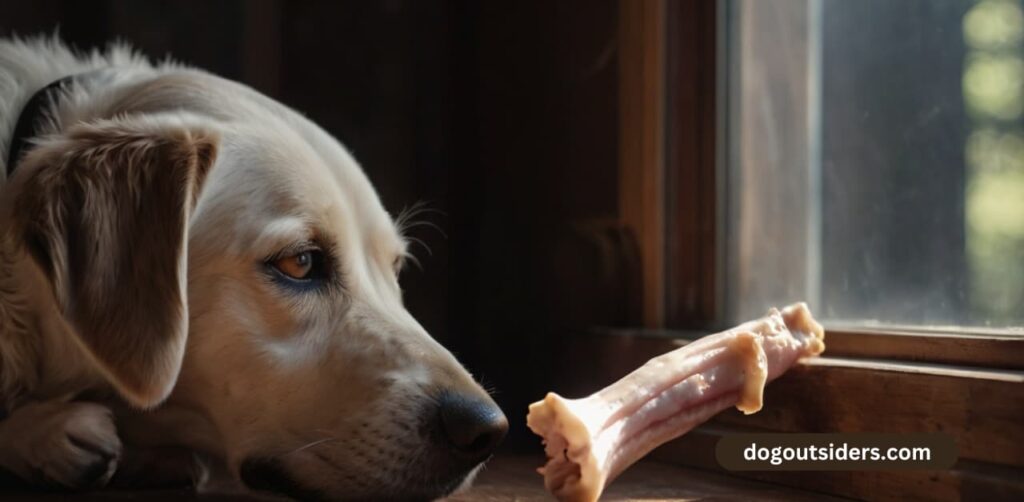
As a consequence, they are more wholesome and nutritious for dogs. Pastured pigs have a more varied diet that increases the nutritional value of their bones. That results in a generally much improved omega-3 fatty acid profile when compared to typical industrial pork.
Research has found that the meat of pastured pigs has 18 to 43% higher omega-3s. This boost in omega-3s is incredibly good for your dog’s health.
Selecting Pastured Pig Bones
It’s more than just nutrition. It’s an issue of making sure that the pork bones are additive and chemical free, a common problem with industrially sourced bones. A pastured pig’s diet of a wide variety of flora and fauna means these nutrient-dense bones are even more concentrated with what you need.
When making these selections, choose suppliers that are transparent about sourcing practices. Look for suppliers who are upfront about their farming practices and pig feed, which makes them the most reliable sources.
Be sure to always check with your vet for advice made specifically for your pup’s needs! Rotate the types of bones you feed to your dog to prevent dietary imbalances.
Avoiding Industrially Sourced Bones
While industrial bones may be more convenient, they pose a greater risk. Due to the way industrial settings process bones, many times the natural nutrients are stripped away. Unfortunately, these processes can leach chemicals harmful to dogs.
If you’re interested in adding bones, ask questions about the source before buying. Here are a few red flags to watch for: unclear sourcing information, presence of fillers or additives, and inconsistent bone quality.
Keep in mind, a quality bone is one that is crafted with quality ingredients and absolutely no fillers.
Understanding Fat and Nutrient Content
Pork bones have a high fat content, which is another key consideration. Dogs require a slightly different balance of nutrition, and excessive fatty content can cause gastrointestinal problems in dogs. Pork bones have different nutrient profiles, making it important to know the differences.
For instance, bones with a 24:1 ratio of omega-6 to omega-3 fatty acids are common in store-bought pork, but not always ideal. Try to make these goodies at least a small part of your dog’s diet.
A table comparing different pork bones can help you choose the right one:
| Bone Type | Omega-3 Content | Fat Content | Ideal Chewing Time |
| Pastured Rib | Higher | Moderate | 10-15 minutes |
| Industrial Rib | Lower | High | 10-15 minutes |
Always check with your vet before making the switch, as advice will differ. Allow your dog to gnaw bones for no more than 10-15 minutes to minimize injury risk.
Freezing bones for 20 days at 5°F, or 3 days at -4°F, can help preserve their quality and safety.
Supervision and Safety Measures
Supervising Dogs with Bones
If you do choose to give your dog pork bones, close supervision is key. Proper oversight will prevent any accidents and keep your dog safe while they enjoy their favorite treat. Whenever your dog is chewing on a bone, it’s best to be close by. This ensures that you can easily identify if something does not look as expected, such as signs of an intestinal blockage.
Watch for symptoms such as drooling, choking, or any rapid change in behavior. These might be signs that the bone is painful. Providing your dog with a safe area where they can chew their bone is an important part of the picture. Select a location that prevents distractions and other dangers.
By interacting with your pet during these training sessions, you can help make the process productive and fun while establishing a secure environment. Throwing the bone for fetch or hanging out with them while they chew will allow you to monitor their chewing style and ensure they are not swallowing large pieces that could cause problems.
Training will always be key to ensuring safety on our roadways. Train your dog to respond to commands such as “drop it” or “leave it.” This is especially helpful if you see them attempting to gulp down big chunks. Frequent training sessions will keep these commands crisp and responsive, ensuring they kick in when an emergency situation calls for it.
Actions if Dog Eats Unsafe Bone
Despite all precautions having been taken, accidents can occur, and your dog may accidentally eat an unsafe piece of bone or even a pork bone. If you ever find yourself in one of these situations, your best bet is to not panic. Determine the level of the threat to assess if it is serious.
If your dog is experiencing symptoms such as vomiting, lethargy, or loss of appetite, act quickly. Get veterinary care as soon as possible! Here’s a quick checklist of symptoms to watch for: intestinal blockages, difficulty swallowing, or excessive drooling.
- Lethargy
- Anorexia
- Vomiting
- Constipation
- Diarrhea
In these instances, avoid administering treatments such as Pepto-Bismol or attempting to make your pet vomit. To lessen the impact, adjust their diet for the upcoming three to five days. Serve them a tasteless combination of 75 percent rice and 25 percent boiled boneless chicken or ground cow.
This allows you to calm their sensitive tummy and still provide the nutrition they deserve. It’s not just about keeping kids fully hydrated, though. Picking the right dog bones can help. Raw pork bones are actually safer than cooked bone options since they don’t splinter.
Organic alternatives were found to be 291% higher in omega-3 fatty acids, providing extra health benefits. Be mindful that most store-bought pork has a high omega-6 to omega-3 ratio, around 24:1, which might not be ideal for your dog’s diet.
Alternatives to Pork Bones
When looking for alternatives to pork bones for dogs, you’ll want to look for options that are safe, but still fun to chew on. Most dog owners may not know that cooked pork bones can splinter, leading to serious issues such as stomach perforation.
Raw meaty bones are an excellent source of protein and fat, which is essential to keeping your dog’s diet calorically dense. They require special handling, like flash freezing them at 5 degrees Fahrenheit for 20 days, to kill parasites. Considering all of these factors, looking for other chew alternatives can be both rewarding and essential.
Safer Chew Options for Dogs
A range of chew toys and dental chews make great pork bone replacements. Items such as nylon bones, rubber chew toys and purpose-built dental chews can provide dogs with an equally satisfying chewing experience.
These products are specifically designed to withstand long-term chewing, giving dogs the challenge and fun that mentally engages and entertains dogs for hours. Unlike bones, these alternatives greatly decrease the chance of injury or intestinal blockage.
Natural chews, such as rawhide or bully sticks, round out the overall health benefits. While pork bones have an omega-6 to omega-3 ratio of about 24:1, natural chews can support a healthier balance, promoting better overall health.
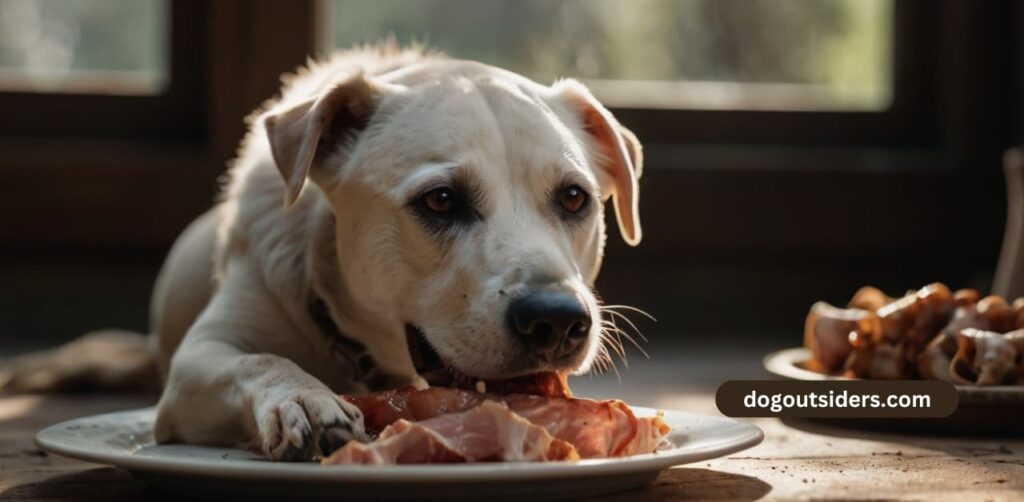
That’s because pastured pig meat can have as much as 43% more omega-3, and organic varieties have a whopping 291% more. By gradually introducing these chews, your dog will have an easier transition to a new favorite treat without shocking their digestive system.
See our full list of Best Recommended Chews! Durable nylon toys, beef tracheas, and antlers provide safer alternatives to pork bones.
Benefits of Alternative Chews
Beyond safety, alternative chews provide a wealth of other benefits. Whether through dental chews or durable rubber toys, dogs can enjoy better dental health thanks to options that help remove plaque and tartar.
This maintains your pet’s teeth and gums in a healthier condition while eliminating the risk of future oral disease. These alternatives keep dogs mentally engaged too, because chewing is an instinctive behavior that helps beat boredom and reduce anxiety.
The decreased risk of injury is perhaps the second biggest advantage of these chews. Unlike pork bones that shatter and result in injuries, safe chews for dogs are made to withstand wear and provide safety.
The long-term health benefits of these alternatives are immense. By incorporating chews that maintain a healthier omega-3 to omega-6 balance, pet owners support their dog’s overall well-being and longevity.
Experimenting with various kinds of chews helps pet parents find what their furry friend prefers, which means a satisfied pup and a healthy pooch.
Conclusion
Knowing the risks and benefits of dog pork bones informs our decisions. This kind of information allows us to make the safest decision for our canine companions. Dogs love to chew, and the right bone can make your dog one happy pooch. Fresh, raw pork bones, such as rib or neck bones, offer a rewarding gnaw without the dangers of cooked bones. However, do not leave your dog unattended and always supervise to avoid accidents. If you’ve decided that pork bones are too much of a risk, look for rubber toys or dental chews for a safer alternative. I invite you to take a look at these alternatives and put your pet’s safety and happiness first! Tell us what you’ve learned, and as dog lovers, let’s all work together to keep our four-legged friends as happy and healthy as possible.
Frequently Asked Questions
Can dogs eat pork bones—no, pork femur bones are dangerous for dogs. They can splinter and lead to choking or serious health issues like intestinal blockages. As always, check with your local vet emergency clinic before giving any bones at all.
Raw, large pork bones are safer than the cooked bone variety, as cooked bones can splinter more easily and pose risks of intestinal blockages. Always supervise your dog while they’re chewing any kind of bone.
Choose a bone that is big enough not to be ingested completely, such as healthy pork bones. Do not feed any small or sharp bones, like chicken bones. As always, check with your vet for the best advice tailored to your dog.
Leave your dog unattended at all times. Take the pork bone away if it gets small enough to swallow. Don’t ever leave your dog alone with a cooked bone.
Look for rubber chew toys or dental chews as safe alternatives. They offer all the same benefits without the dangers associated with cooked bone fragments. Check with your vet for specific recommendations based on your dog’s needs.
No, puppies should not eat pork bones, as their teeth and digestive systems are still developing. Instead, pet parents should provide them with safe alternatives to chew on.
